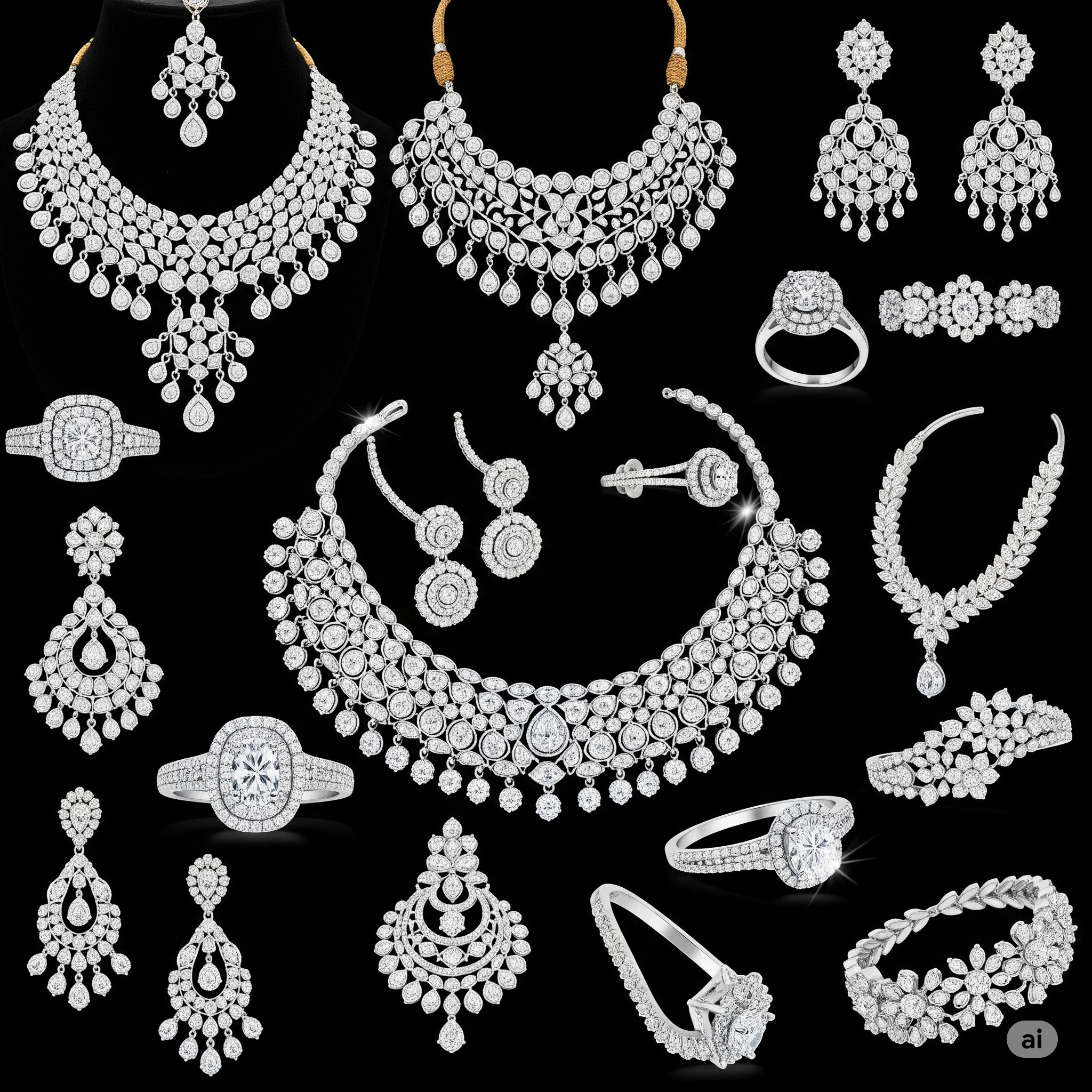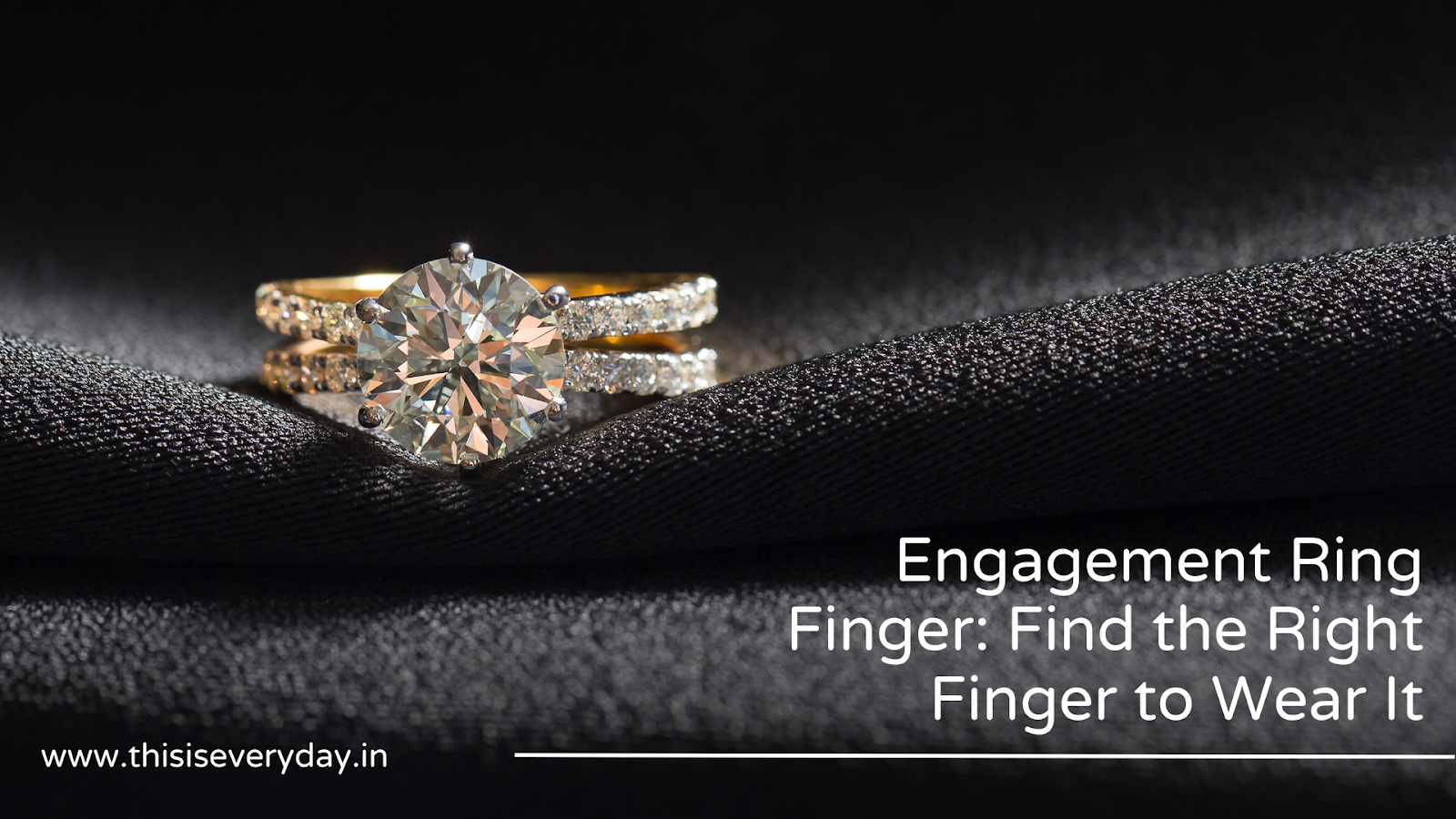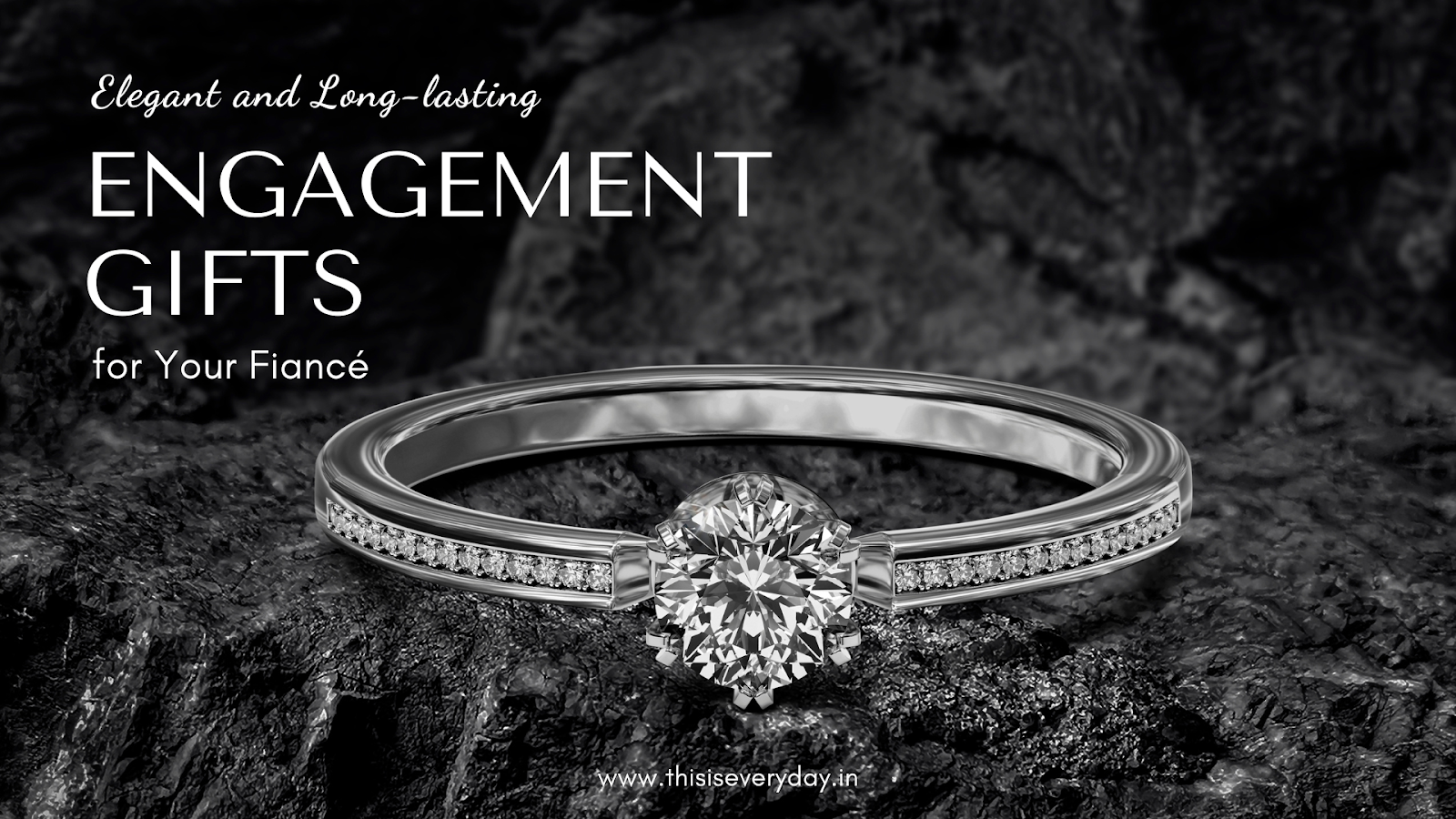Diamonds have long symbolized love, luxury, and prestige, captivating us with brilliance and timeless elegance. But when choosing the perfect diamond, there’s much more beneath the surface than just sparkle.
One key factor to understand is carat weight, an important measurement that plays a significant role in determining a diamond's value and size.
However, carat weight is often misunderstood as the sole indicator of size. In reality, it interacts with factors like cut and shape to create a diamond's visual appearance.
This guide will explain the intricacies of diamond carat weight and size, providing you with the knowledge needed to make informed and confident choices when selecting a diamond that’s just right for you.
What are Diamond Carats?
Diamonds have fascinated humanity for centuries, often regarded as the ultimate symbol of beauty and prestige. But behind every brilliant diamond lies a technical measurement that determines its weight, known as "carat."
Carat is the unit of measurement used specifically for diamond weight, and it can make a significant difference in both the price and the perceived size of the stone.
One carat is equivalent to 0.200 grams or 200 milligrams, which might seem small, but in the world of diamonds, even the slightest weight increase can have a notable impact.
To put this into perspective, 1 carat also equals 0.007 ounces avoirdupois. For those thinking in larger terms, over 2,265 carats make up a single pound—a staggering concept when considering the minute size of most diamonds.
When selecting a diamond, carat weight becomes a crucial consideration. However, there’s more to carat weight than meets the eye. Understanding how it interacts with other factors can offer a better approach to purchasing the perfect diamond.
At Everyday, we help you make informed decisions about diamond quality.
Carat Weight vs. Diamond Size
Often, carat weight is mistakenly interpreted as a direct indicator of a diamond's size. It’s common for people to believe that a higher carat weight means a bigger diamond, but in reality, that’s not always the case.
What Do Different Carat Sizes Look Like?
While carat refers to the weight, the actual size of the diamond—how large it appears—depends on a variety of factors, such as the diamond’s shape and cut.
Even if diamonds have the same carat weight, different shapes, and cuts can create different visual appearances.
For example, a 1-carat marquise-cut diamond might appear larger than a 1-carat oval diamond simply because of how the shape elongates the stone. Similarly, round diamonds, which are the most popular shape, might appear smaller than fancy cuts due to the way their facets are designed.
The diamond’s cut quality is critical in how it reflects light, which can impact its perceived size.
A well-cut diamond maximizes light performance, often making it look bigger and more brilliant. This means that two diamonds of the same carat weight can look quite different based on their cut and shape—a key point to remember when making a purchase.
Visit Everyday’s offline store to learn more about choosing the perfect diamond!
As we continue, we'll explore how the diamond industry measures and describes carat weight in finer detail, helping you better understand what those numbers really mean.
Understanding the Points System
When discussing carat weight, you may often hear terms like “points” being used, particularly with smaller diamonds.
This points system is frequently used in the jewelry industry for practical reasons. It simplifies discussions when working with smaller diamonds, allowing jewelers and buyers alike to communicate more effectively.
Historically, some dealers even referred to diamonds using terms like “grains of rice,” a nod to the days when diamonds were traded alongside more everyday goods.
Now that we’ve covered how diamonds are measured and described, let’s dive into the question on everyone’s mind—how does carat weight affect the value of a diamond?
Impact of Carat Weight on Value
Carat weight is one of the most significant factors influencing the value of a diamond. Larger diamonds are rarer, which drives up their value substantially. However, the relationship between weight and price isn’t as straightforward as doubling the carat weight and expecting the price to double.
Let's break down how carat weight impacts a diamond's value:
-
Larger diamonds are rarer and more valuable
As diamonds increase in carat weight, they become increasingly rare. This scarcity makes larger diamonds highly valuable, which is why a 1-carat diamond can be significantly more expensive than several smaller diamonds that equal the same total weight. The larger the stone, the more difficult it is to find diamonds of comparable size and quality, driving up the price.
-
Price increases exponentially with carat weight
The price of a diamond doesn’t simply double when the carat weight doubles. Instead, it increases exponentially because larger diamonds are harder to source and cut without losing significant portions of the stone. For example, a 1-carat diamond can cost more than double the price of a 0.50-carat diamond with the same cut, clarity, and color.
Find a diamond that suits both your budget and style at Everyday.
-
Market demand and supply impact pricing
Diamonds, like many commodities, are influenced by market trends. Larger diamonds are in high demand but are less frequently available, which naturally leads to higher prices. Market fluctuations in supply and demand can also cause significant shifts in diamond pricing, particularly for larger stones.
Now that we’ve explored the impact of carat weight on value, let’s look at how cut quality influences both the appearance and brilliance of a diamond. Cut plays a crucial role in maximizing the beauty of a diamond, regardless of its carat weight.
Carat Weight and Cut
In addition to carat weight, the cut of a diamond significantly affects its beauty and perceived size. The cut refers not just to the shape of the diamond but also to the precision of its facets and angles, which influence how light interacts with the stone.
There are several types of diamond cuts, each impacting the overall appearance and brilliance of the diamond in different ways.
- Round Brilliant Cut: This is the most popular diamond cut, known for its exceptional ability to reflect light. Round diamonds typically maximize brilliance due to their symmetrical shape and precise facet arrangement. When cut well, round diamonds can appear larger than their actual carat weight due to their sparkle and light performance.
Shop this Round Brilliant Cut Lab Grown Solitaire at Everyday!
- Princess Cut: The princess cut is a square or rectangular shape with sharp corners and is the second most popular choice after the round brilliant. Its unique facet structure allows for a great deal of brilliance and fire, especially when viewed from the top. Though a princess cut diamond may appear slightly smaller than a round diamond of the same carat weight, it offers a modern and elegant look.
Shop this Princess Cut Lab Grown Solitaire at Everyday!
-
Emerald Cut: Known for its large, open table and step-like facets, the emerald cut produces a subtle sparkle rather than the intense brilliance of other cuts. This cut emphasizes clarity over sparkle, giving the diamond a sophisticated, elongated appearance. While it may not appear as brilliant as a round or princess cut, an emerald cut diamond often looks larger because of its broad, flat surface.
Shop this Emerald Cut Lab-Grown Solitaire at Everyday!
-
Cushion Cut: Cushion cut diamonds are square or rectangular with rounded corners, resembling a pillow. They have larger facets that increase their brilliance and a softer, vintage aesthetic. Cushion cuts tend to retain more carat weight in the depth of the diamond, which can make them appear smaller from the top compared to round diamonds of the same weight.
Shop this Cushion Cut Lab-Grown Solitaire at Everyday!
-
Oval Cut: Oval diamonds offer a similar brilliance to round diamonds but with a more elongated shape. This cut creates an illusion of greater size, making oval diamonds appear larger than round diamonds of the same carat weight. Their unique shape also enhances finger length when set in rings.
Shop this Oval Cut Lab Grown Solitaire at Everyday!
-
Marquise Cut: This football-shaped diamond cut is designed to maximize carat weight, often making the diamond appear larger than it is. With its elongated body and pointed ends, a marquise diamond creates the illusion of greater size while providing excellent brilliance. This cut is ideal for those who want a diamond that stands out and appears bigger than its actual weight.
Shop this Marquise Cut Lab-Grown Solitaire at Everyday!
-
Pear Cut: Resembling a teardrop, the pear cut combines the best qualities of both the round and marquise cuts. It’s a versatile shape that can create an elegant, elongated look, making the diamond appear larger than its actual carat weight. Pear-shaped diamonds have the potential for excellent brilliance, especially when cut with precision.
Shop this Pear Cut Lab-Grown Solitaire at Everyday!
While carat weight and cut quality work hand-in-hand to influence a diamond's value and visual appeal, there's another critical aspect to consider: how certain carat weights—often referred to as "magic sizes"—can drive noticeable price jumps.
Let Everyday guide you to the perfect cut and carat weight combination!
How Carat Weight Plays Into the 4 Cs and Diamond Value
Carat weight is one of the most recognizable of the 4 Cs—carat weight, cut, color, and clarity—when evaluating diamonds, as it directly relates to a diamond's size and, ultimately, its price.
The higher the carat weight, the larger and rarer the diamond, which often leads to a higher price tag. However, it’s essential to remember that carat weight alone doesn’t define a diamond’s value or appearance.
A diamond’s cut plays a critical role in its brilliance and overall look; even a large, heavy diamond can appear dull if the cut is poor. On the other hand, a smaller diamond with an excellent cut can seem more brilliant and valuable.
On top of that, factors like color and clarity also interact with carat weight. A larger diamond with poor clarity or color may not be as valuable as a smaller, high-quality diamond.
At the end of the day, achieving the best value for your diamond investment requires a careful balance between carat weight, cut, color, and clarity to ensure that you get a diamond that shines beautifully while maximizing your budget.
Now let's explore how these specific size ranges impact pricing and how strategic purchasing can help you find better value without compromising on appearance.
Magic Marks and Size Ranges
When it comes to diamonds, certain carat weights are considered “magic marks” because they represent milestones that significantly influence pricing. These weight thresholds often come with noticeable price jumps due to both market demand and psychological perceptions.
Understanding magic marks and strategically choosing diamonds just under these thresholds can lead to better value without sacrificing appearance. Here’s a detailed breakdown of how magic marks and size ranges work:
-
Magic Carat Weights
Specific carat weights like 0.50, 0.75, 1.00, and 1.50 carats are considered "magic marks" in the diamond industry. These weights are highly sought after, leading to sharp price increases at these thresholds due to their high demand and market significance.
-
Price Jumps at Magic Marks
Even a fractional increase in carat weight beyond a magic mark can cause a substantial rise in price. For instance, the price of a 1.00-carat diamond can be much higher than a 0.99-carat diamond of similar quality, even though the size difference is almost unnoticeable.
-
Strategic Purchases Below Thresholds
Savvy buyers can achieve significant cost savings by choosing diamonds that weigh just under magic marks. For example, a 0.98-carat diamond looks nearly identical to a 1.00-carat diamond but often comes at a considerably lower price.
-
Size Ranges and Price Brackets
Diamonds are often priced within specific carat weight ranges, such as 0.50-0.59 carats or 1.00-1.09 carats. Prices typically increase when moving into the next size range, making it beneficial to stay near the lower end of these brackets for better value.
-
Visual Perception of Size
The size difference between diamonds just below and just above magic marks is typically imperceptible to the naked eye. A diamond weighing 0.95 carats can look almost identical to a 1.00-carat diamond but offers a more attractive price point.
Shop smart and save with diamonds near magic marks at Everyday.
Understanding magic marks and size ranges can help you make informed decisions, but it’s also essential to recognize how carat weight translates to physical dimensions. In the next section, we’ll explore carat weight to millimeter size conversion, and how different cuts impact a diamond’s face-up appearance.
Carat Weight to Millimeter Size Conversion
When purchasing a diamond, it’s crucial to understand how carat weight translates to actual dimensions. Carat weight measures the diamond's mass, but it doesn’t always give you a clear idea of how large the diamond will appear.
This is where millimeter size and the concept of "spread" come into play. The spread refers to the diamond's face-up size, which is the visible surface area when the diamond is viewed from above, and it can vary significantly depending on the diamond’s cut and proportions.
For example, a well-cut 1-carat round diamond typically measures around 6.4 to 6.5 millimeters in diameter.
However, two diamonds of the same carat weight can have slightly different millimeter measurements due to depth and cut quality variations. A deeper diamond will have more of its weight hidden in the lower part of the stone, making it appear smaller from the top.
On the other hand, a shallower diamond with better proportions may have a larger face-up area and appear bigger even though the carat weight remains the same.
The relationship between carat weight and millimeter size is especially important for diamonds with different shapes. For instance, elongated shapes like oval, marquise, and pear cuts can appear larger than round or square diamonds of the same carat weight because their length creates the illusion of more size.
Making Informed Choices for the Perfect Diamond Purchase
While carat weight is undoubtedly a crucial factor in determining a diamond's value and appearance, it’s far from the only consideration.
A well-rounded understanding of all four Cs—carat, cut, color, and clarity—will help you make a smarter purchase and ensure that the diamond you choose offers both beauty and value.
By focusing on weight and cut quality, size ranges, and price thresholds, you can find a diamond that meets your needs without exceeding your budget. Well-educated choices lead to greater satisfaction, helping you enjoy your diamond for years to come.
At Everyday, we’re committed to helping you make those informed decisions. Whether you're shopping online or prefer a more personal experience, you can always reach out to us to schedule a visit to our offline store, where our team will guide you every step of the way.




















